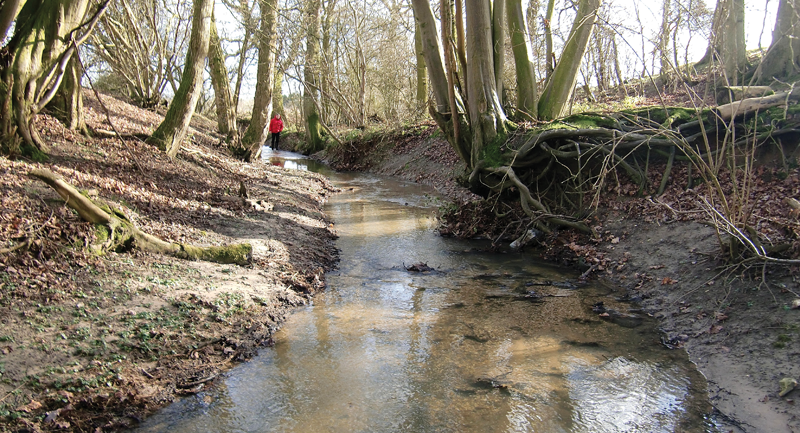- A feature from the December 2017 issue of Suffolk Norfolk Life magazine
 Click to view this issue »
Click to view this issue » - Category
- Nature
It’s almost mid-winter, and Laurie Forsyth is enjoying our see-through countryside
Suffolk and Norfolk have suddenly got larger, or so it seems. New views have appeared out of nowhere: there is more light, and yes – a new airiness about towns, villages and the countryside. Until last month, hedges, trees and gardens were packed with leaves – a beautiful but impenetrable barrier to vision. Now, you can see through hedges into people’s gardens – a fascinating treat – and discover lots of other things you never saw before. This isn’t like being able to see more from the top of a bus – it is a sort of transparency, wherever you look, and it is all due to the absence of leaves.
Hedges are wonderful things. From February, blackthorn will be in flower, followed by hawthorn, dog rose, dogwood and blackberry. In the spring they are the home of nesting birds, but right now, they are nature’s larder: a lot of wildlife would not survive winter without the fruit, berries, nuts and seeds that are the result of those spring flowers. And now the leaves have fallen. Quite quickly, hedges that were a wall of green leaves became patchy and sparse, and whole new landscapes can now be seen through them. Through this hedge in front of me I can see more fields, more hedges, a row of trees, a small wood, a barn, and far away, in the most distant field, two brown horses are grazing. It is all new to me, although I have passed this way before: unsuspected new landscapes are everywhere, in town and in the countryside, hidden behind curtains of foliage that are now pulled aside. This new, enlarged Suffolk and Norfolk is there for you to explore if you can find the footpaths and bridleways.
When the leaves withered and died, they took their colour with them. In a few weeks, the colour that flooded Suffolk and Norfolk since early October has drained from the countryside, but we are compensated by the sharpened visibility all around us, and are perhaps more perceptive of everyday nature. Because the days are colder, there are fewer insects about, so the sight of a red admiral on the last of the ivy flowers is memorable.

